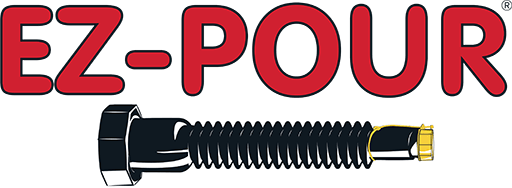As summer quickly approaches, there are hundreds of enjoyable activities to participate in like racing, boating, and traveling to your favorite remote destination. What’s the one thing all of these have in common? You’re going to need to fuel up on gasoline before heading out. There’s a chance that you’ve heard about gas stations changing from winter to summer blends around this time and want to know more about that. Here’s a helpful guide to better understand summer vs. winter gasoline.

Gas Stations Make the Change in June
On June 1, gas stations will officially make the change from supplying winter-grade gasoline to summer-grade gasoline. That would explain part of why gas prices are starting to rise along with the temperature outside. What’s the point to this effort? It’s all about volatility, which is a measure of how fast gasoline can vaporize. Winter and summer blends each have their own Reid Vapor Pressure (RVP) measurements that refiners set before shipping them off to your local gas station.
What is Reid Vapor Pressure (RVP)?
Reid Vapor Pressure, or RVP for short, tells you just how volatile a blend of gasoline is – with a low number meaning less volatile and a high number meaning more volatile. Summer blends have a low RVP so that the gasoline cannot easily vaporize inside of an engine on an extremely hot day. Winter blends maintain a higher RVP since there’s less chance of this occurring from September through May. This also helps engines to start in freezing conditions. The transition of winter to summer gasoline occurs throughout spring to slowly lower the RVP of the winter blends while the supply dwindles down.
Why Are Gas Prices Increasing?
While outside factors such as the Colonial Pipeline situation can have a dramatic impact on gas prices, they’re always a bit higher in the summer than in the winter anyway. Why is this? In order to lower the RVP, refineries must mix in a variety of additives to their gasoline. Gas stations must then pay a higher price per gallon and, in turn, sell it to you for more than what they bought it at to make a profit. Demand for gasoline also reaches its peak in the summertime as people travel more often and care for their lawns on a weekly basis. Since there are fewer additives and fewer people buying gasoline in the winter, it’s not quite as expensive.
Who Regulates This Change?
At the end of the day, gas stations don’t have a choice on if or when they make the switch from their winter to summer blends. The “EPA regulates the vapor pressure of gasoline sold at retail stations during the summer ozone season (June 1 to September 15) to reduce evaporative emissions from gasoline that contribute to ground-level ozone and diminish the effects of ozone-related health problems.” Have you ever seen smog? This process helps to keep it out of your hometown!
EZ-POUR® Spouts Handle All Types of Fuel
It doesn’t matter if you need to pour summer-grade or winter-grade gasoline so long as you have an EZ-POUR® spout handy. In fact, the EZ-POUR spout was designed to handle gasoline, kerosene, diesel, and even water. Buy yours online at ezpourspout.com.
